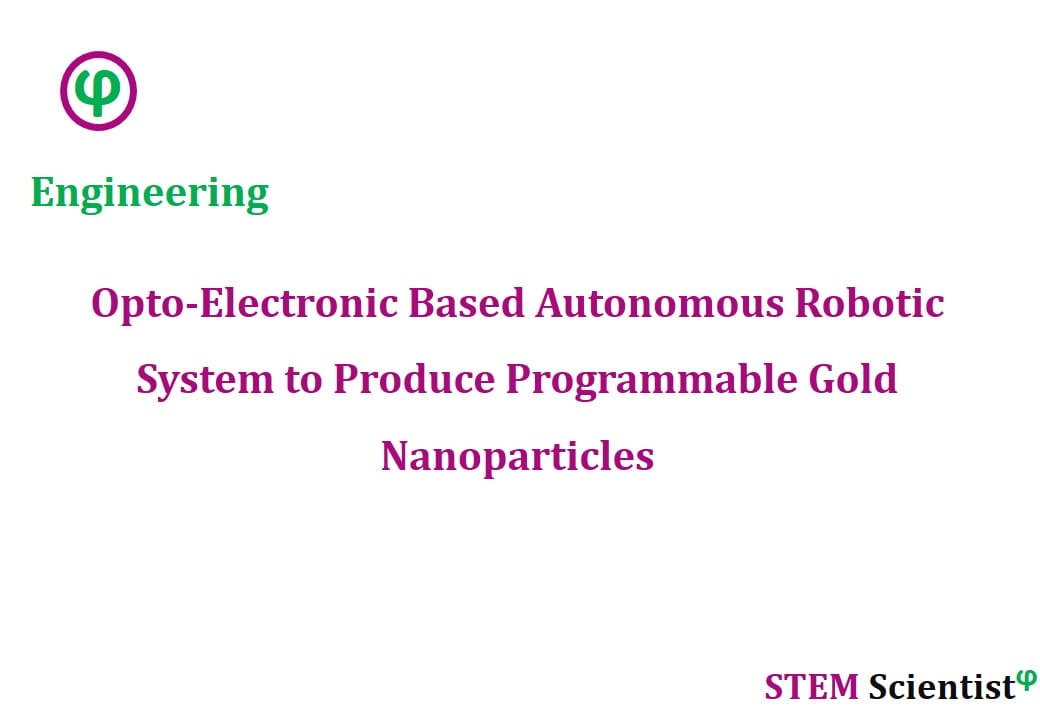
The following study was conducted by Scientists from School of Chemistry, University of Glasgow, Glasgow, UK. Study is published in Nature Communications Journal as detailed below
Nature Communications; Volume 11, Article Number: 2771; (2020)
A Nanomaterials Discovery Robot for the Darwinian Evolution of Shape Programmable Gold Nanoparticles
Abstract
The fabrication of nanomaterials from the top-down gives precise structures but it is costly, whereas bottom-up assembly methods are found by trial and error. Nature evolves materials discovery by refining and transmitting the blueprints using DNA mutations autonomously. Genetically inspired optimisation has been used in a range of applications, from catalysis to light emitting materials, but these are not autonomous, and do not use physical mutations. Here we present an autonomously driven materials-evolution robotic platform that can reliably optimise the conditions to produce gold-nanoparticles over many cycles, discovering new synthetic conditions for known nanoparticle shapes using the opto-electronic properties as a driver. Not only can we reliably discover a method, encoded digitally to synthesise these materials, we can seed in materials from preceding generations to engineer more sophisticated architectures. Over three independent cycles of evolution we show our autonomous system can produce spherical nanoparticles, rods, and finally octahedral nanoparticles by using our optimized rods as seeds.
Source:
Nature Communications
URL: https://www.nature.com/articles/s41467-020-16501-4
Citation:
Salley, D., G. Keenan, et al. (2020). “A nanomaterials discovery robot for the Darwinian evolution of shape programmable gold nanoparticles.” Nature Communications 11(1): 2771.


